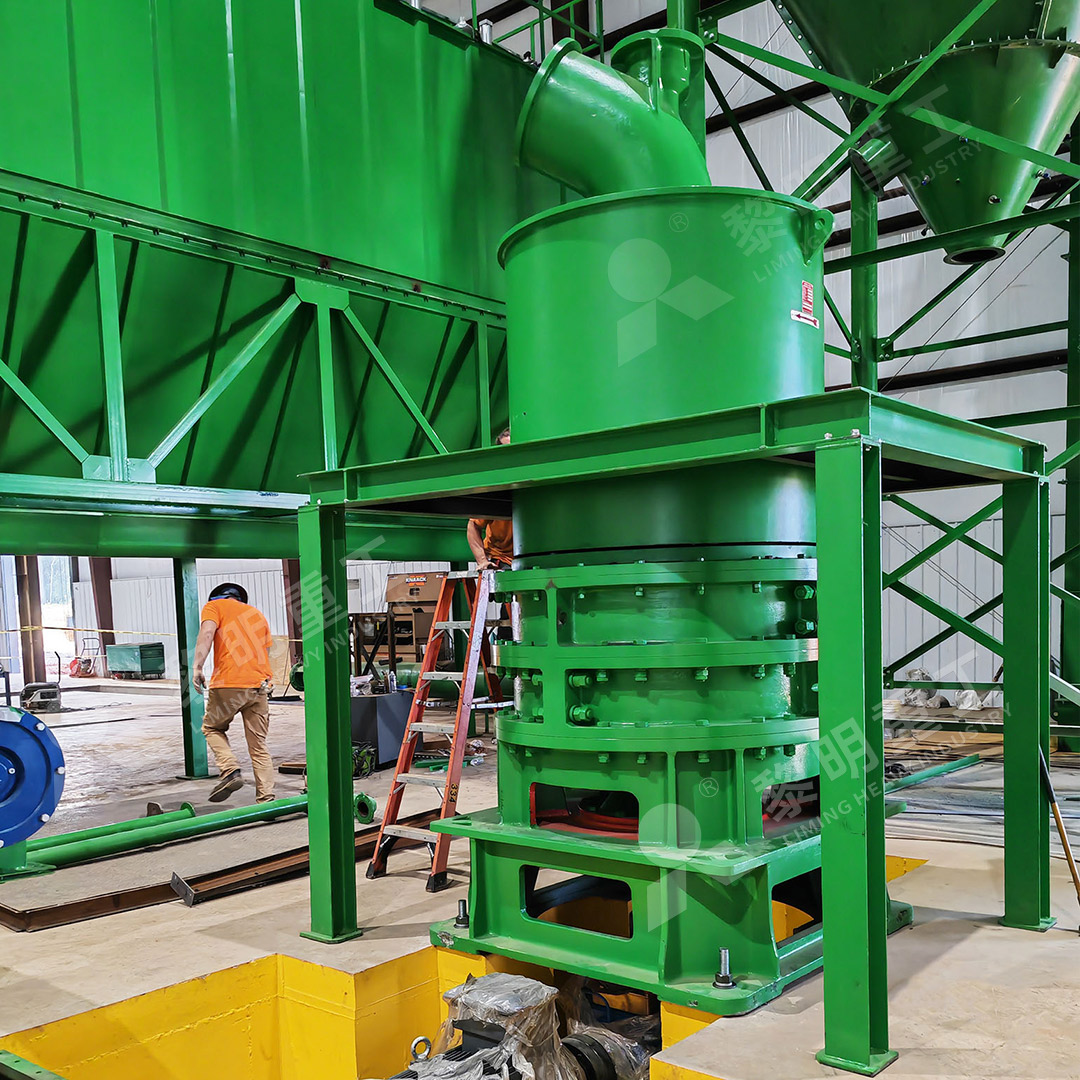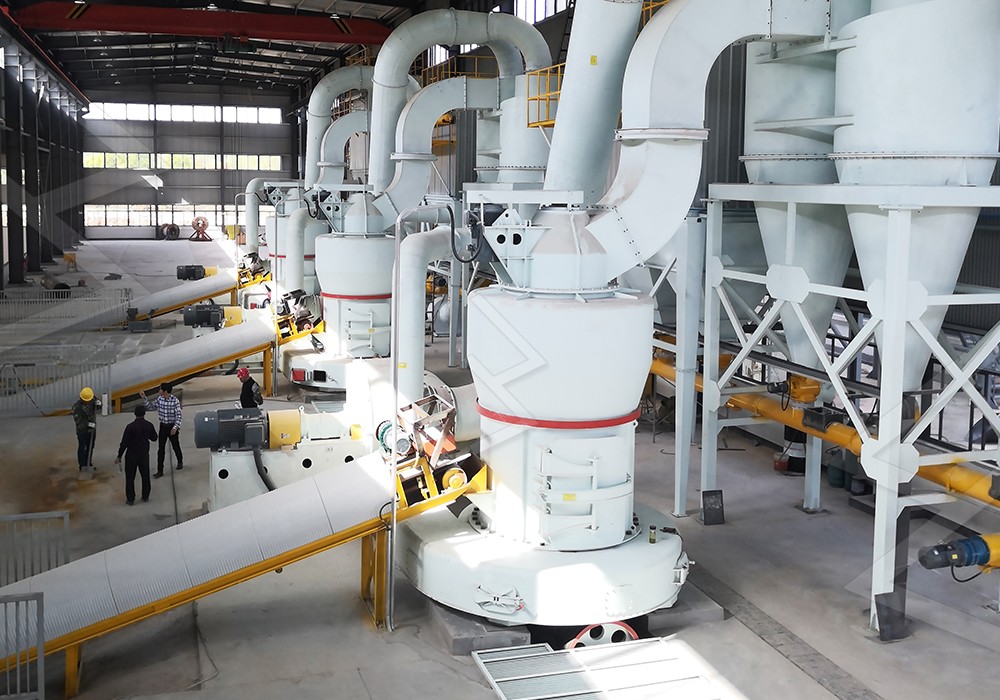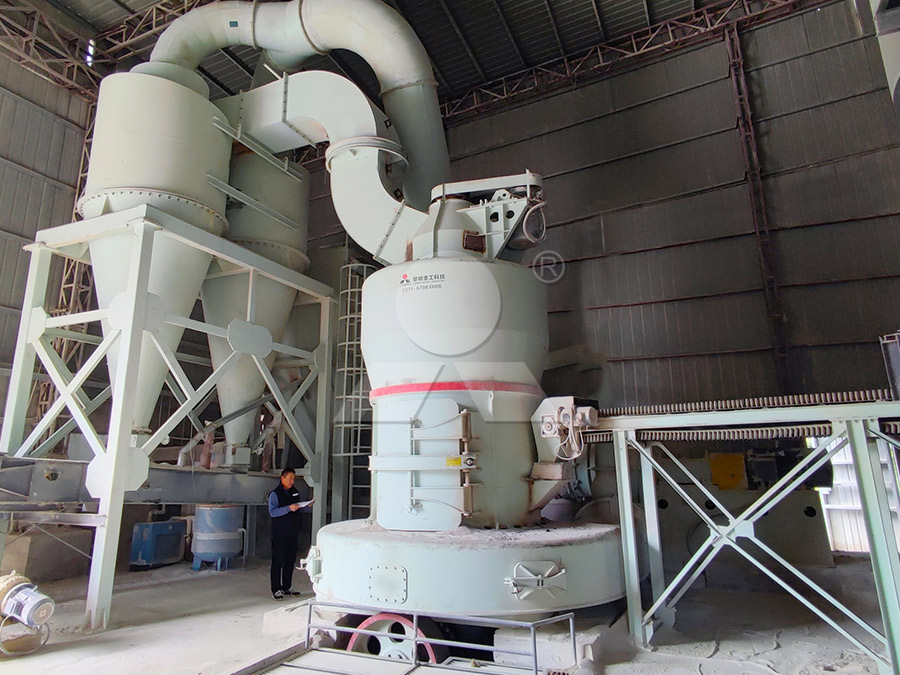How Much Does a Rock Grinding Mill Machine Cost?
How Much Does a Rock Grinding Mill Machine Cost?
As an industry professional with over a decade of experience in mineral processing equipment, I’m often asked this seemingly simple question. The truth is, there’s no one-size-fits-all answer. The cost of a rock grinding mill depends on numerous factors that can push the price from tens of thousands to hundreds of thousands of dollars. Let me break down what really drives these costs and help you understand what you’re paying for.
Key Factors That Determine Grinding Mill Pricing
The price variation between different grinding mills isn’t arbitrary—it reflects significant differences in capability, efficiency, and long-term value. Here are the primary factors that influence cost:
Capacity and Throughput: This is the most obvious factor. A mill processing 3 tons per hour will cost significantly less than one handling 50 tons per hour. Our MW Ultrafine Grinding Mill, for instance, offers capacities ranging from 0.5 to 25 tph, with pricing scaling accordingly.

Fineness Requirements: The finer the powder you need, the more sophisticated—and expensive—the technology required. Standard mills might achieve 200-300 mesh, while ultra-fine mills can reach 2500 mesh or finer. The precision engineering needed for such fine grinding comes at a premium.
Material Characteristics: Harder, more abrasive materials require more durable components and specialized designs, increasing both initial cost and maintenance expenses. Mills designed for limestone will differ significantly from those grinding quartz or granite.
Technology and Features: Advanced features like automated control systems, specialized powder separators, and environmental protections add cost but provide substantial long-term benefits.
Understanding the True Cost of Ownership
Many buyers focus solely on the purchase price, but the real expense lies in operational costs over the machine’s lifespan. Energy consumption, maintenance downtime, and replacement parts can easily eclipse the initial investment within a few years.
This is where considering mills like our MW Ultrafine Grinding Mill makes financial sense. While the upfront cost might be higher than basic models, its energy efficiency—consuming only 30% of the energy of jet mills—translates to massive savings over time. The absence of rolling bearings and screws in the grinding chamber eliminates common failure points, reducing maintenance costs and downtime.

Matching the Right Mill to Your Needs
For operations requiring ultra-fine powders between 325-2500 meshes, the MW Ultrafine Grinding Mill represents excellent value. Its German-designed cage-type powder selector provides precise separation, while the efficient pulse dust collector ensures environmental compliance—features that prevent costly regulatory issues down the line.
For larger-scale operations, our LUM Ultrafine Vertical Grinding Mill offers capacities from 5-18 tph with advanced features like double position-limiting technology for stable operation and reversible structure for easier maintenance. The initial investment is balanced by reduced operating costs and higher productivity.
Making an Informed Investment
When evaluating grinding mill costs, consider these questions:
- What are your annual energy costs with current equipment?
- How much production time do you lose to maintenance?
- What environmental compliance costs might you face?
- How would increased product quality affect your market position?

The right grinding mill isn’t an expense—it’s an investment in your operation’s efficiency, product quality, and competitive advantage. By choosing equipment that matches your specific needs and offers long-term reliability, you’re not just buying a machine; you’re investing in your business’s future.
Frequently Asked Questions
Q: What’s the typical price range for a rock grinding mill?
A: Prices range from $50,000 for basic models to over $500,000 for high-capacity, advanced technology mills. The MW Ultrafine Grinding Mill typically falls in the mid-range, offering advanced features at a competitive price point.
Q: How much does energy consumption affect operating costs?
A: Significantly. Energy can represent 40-60% of total operating costs. The MW Ultrafine Grinding Mill reduces energy consumption by up to 70% compared to traditional mills, paying back the initial investment through operational savings.
Q: What maintenance costs should I anticipate?
A: This varies by mill type. Our MW series minimizes maintenance through designs like the no-bearing grinding chamber, typically reducing maintenance costs by 30-50% compared to conventional mills.
Q: How long does installation and commissioning take?
A: Most grinding mills require 2-4 weeks for installation and commissioning, depending on site preparation and auxiliary equipment requirements.
Q: Are there hidden costs I should know about?
A: Beyond the mill itself, consider costs for foundation work, electrical connections, dust collection systems, and operator training. We provide comprehensive cost breakdowns during the quotation process.
